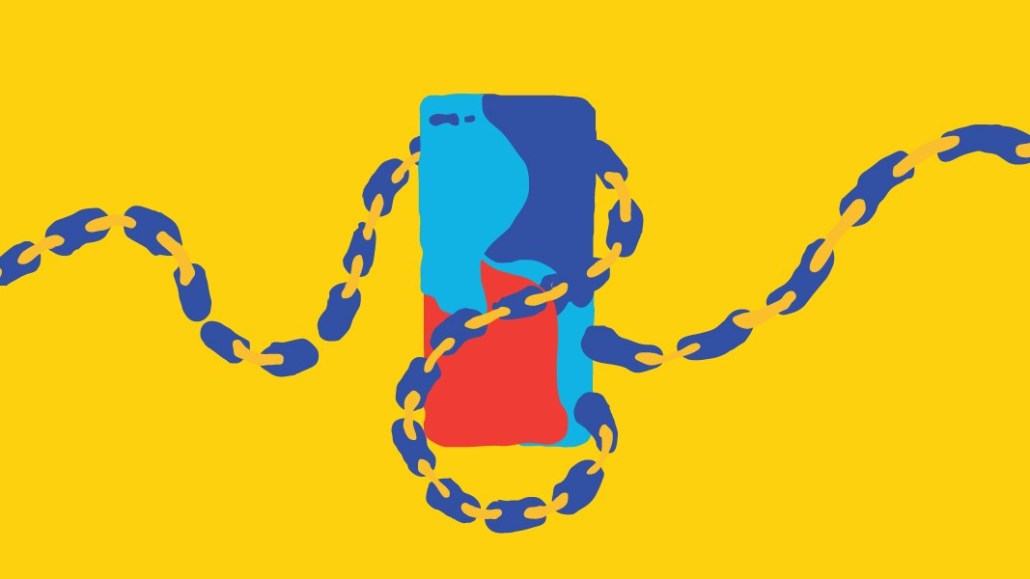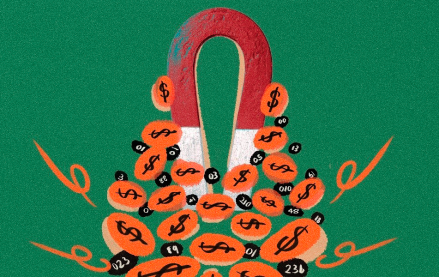How some agencies and advertisers are considering brand suitability across social platforms

Both brand safety and suitability are essential considerations for brands and agencies as they plan their media strategies. Because brand safety focuses on defining harmful content that no brand wants to be near and brand suitability encompasses what is aligned to a brand’s values, it’s increasingly important for brands to understand the distinction — and determine what content they are comfortable appearing beside and what they are not.
Given how the industry and ecosystem are evolving, gone are the days where the only options for assurances were inclusion lists and exclusion lists. The approaches available to brands wanting to ensure their advertising appears on the right channels beside their desired types of content are now numerous.
In a recent Digiday and Facebook focus group, a range of brand and agency participants gathered to unpack their brand suitability experiences under Chatham House Rule. Their conversation highlighted the roles they expect platforms to play, how they’re running social campaigns within ever-changing news cycles and how they are under constant pressure to change and adapt as messaging and sensitivities evolve.
By agreement at the start of the roundtable, participants’ names and affiliations are not revealed.
Exploring the brand suitability conversation
Ad position: web_incontent_pos1
Amid an industry-wide shift of the conversation from brand safety to suitability, participants in the focus group agreed that defining and clearly understanding brand values is one of the first steps in developing brand suitability strategies.
Some emphasized the essential step of reviewing tactics and ad formats on social media platforms. Agencies, in particular, identified their ability to help clients understand that with different ad formats there come various suitability preferences. And the participants mentioned that working with third parties can help advertisers navigate these waters. While Facebook has shown alignment through its mapping of policies to GARM and 4A frameworks, it is taking industry and third-party partnerships, our participants said, to work across the spectrum of platforms and formats, assigning specific tolerance rules to different categories of ads, channels and experiences.
Two types of vendors figured largely in the discussion — verification and social targeting. Both put a lens on the same content, but both are working with it from entirely different angles. Participants from the agency space shared experiences about how social targeting vendors have helped them find the best and most brand-suitable content that their partners can trust, while verification vendors have helped evaluate social content for hot spots, to better align advertisers with suitable environments that match their brand values.
Ad position: web_incontent_pos2
Agencies and advertisers are doubling down on anti-risk planning — but nuanced responses matter
Agencies are helping their advertising partners apply brand suitability frameworks to provide assurances their ads are appearing near brand appropriate content.
Key steps that agencies are taking, as our roundtable highlighted, include building plans for global crises and conducting risk assessments. The takeaway is that agencies are doubling down on consultations with their clients as they look to the rest of 2021 and beyond, so they can have a plan in place to ensure their brand partners appear within appropriate content.
While some clients have asked their agencies to keep their advertising out of the news completely, that isn’t the only approach our focus group said some clients have requested.
The advice the focus group landed on was that it’s key to know the brand’s values, have corporate buy-in and understand the content categories they are willing to appear within before approaching the marketplace. Ensuring the brand has different products and targets at the corporate level while having a solid stance on suitability from either corporate or the brand were also high on the list of essential elements to consider with suitability.
Adapting to change and a push to adopt new brand suitability tech
A throughline in the conversation was that agencies must be willing to adapt to the changing values of their brand partners. Whether it’s specific topics surfacing in the news, or adapting to shifts in targeting and environments, such as the rise of in-game advertising, knowing what questions to ask the client to ensure they’re targeting the right audience for the right reasons is critical.
Another changing space for agencies and advertisers is video and image recognition technology. As access to video becomes less expensive, and given the massive volume of videos uploaded every minute, the push for third-parties to scale recognition technologies that can help ensure brand suitability is growing.
The focus group noted that advancements in AI technologies are empowering companies to remove more hate speech from their platforms more of the time. Facebook, for example, has been able to proactively identify approximately 97% of hate speech content, compared to 23.6% in Q4 of 2017.
Brand suitability is a group effort
The focus group agreed that the conversations are more commonplace and even more nuanced around safety across social platforms than even a few years ago when GARM, 4A’s and their partners were working together to develop and execute ad placement strategies. Preferences in the digital space are also evolving from a focus on brand safety to brand suitability.
As agencies and advertisers turn to 2022 and all the ways brand associations will evolve in the years to come, what is clear is that the heart of responding and making progress in the brand suitability effort is still the partnership.
From verification and social targeting vendor collaborations to risk planning that keeps a nimble and nuanced approach at its core, to the newest tech to help control what ends up brand adjacent in video and other content across platforms, the drumbeat of the focus group was clearly that no brand or agency can effectively execute suitability preferences alone. Brand suitability, it became clear, is a cooperative effort. And rightly so, as the roundtable highlighted, in that achieving brand suitability goals is the pathway to a better digital ecosystem for all.
More from Digiday
Sliders test article
Agencies hope connected TV and digital out-of-home will play a bigger role in upcoming elections and politics — especially for smaller media agencies that are handling many of the less visible races in the crowded political space. For a number of media agencies looking to place their political ad dollars down in this major election […]

How CTV and DOOH are growing this political season for smaller agencies
Connected TV and digital out-of-home are playing a bigger role in upcoming elections and politics – especially for smaller agencies looking to place clients’ dollars.

CMO Strategies: Advertisers identify the top attributes on ad-supported streaming platforms
This is the third installment in Digiday’s multi-part series covering the top ad-supported streaming services and part of Digiday’s CMO Strategies series. In this report, we examine which ad attributes matter the most to marketers on streaming platforms.
Ad position: web_bfu